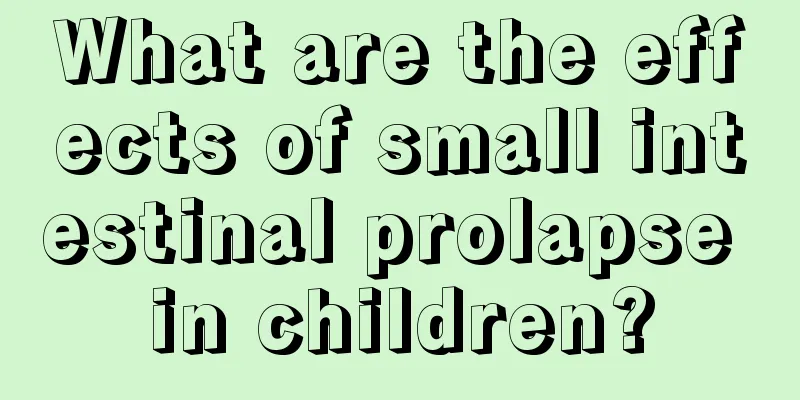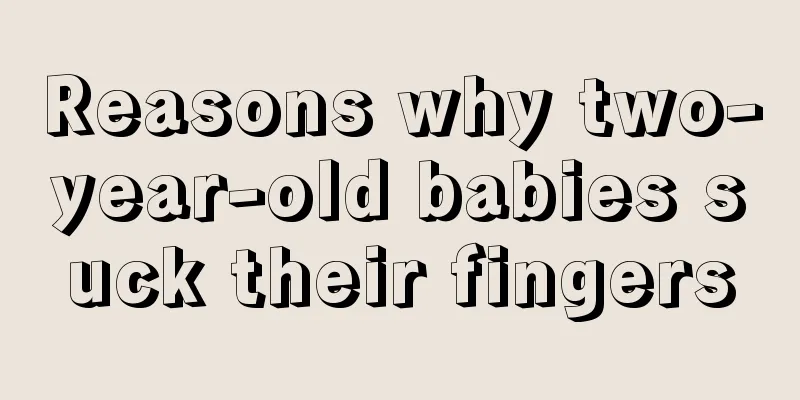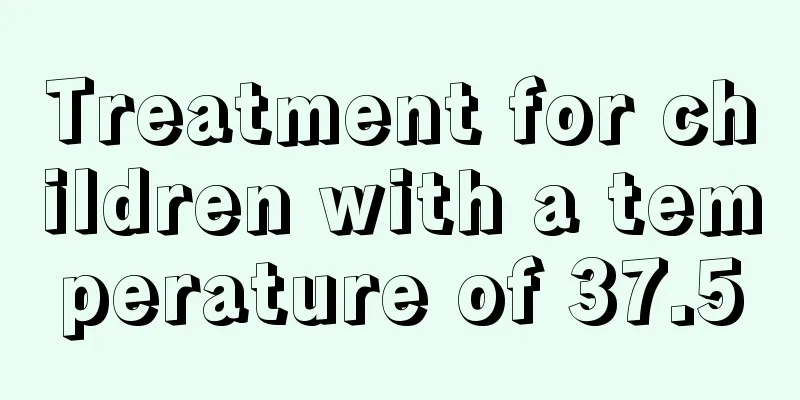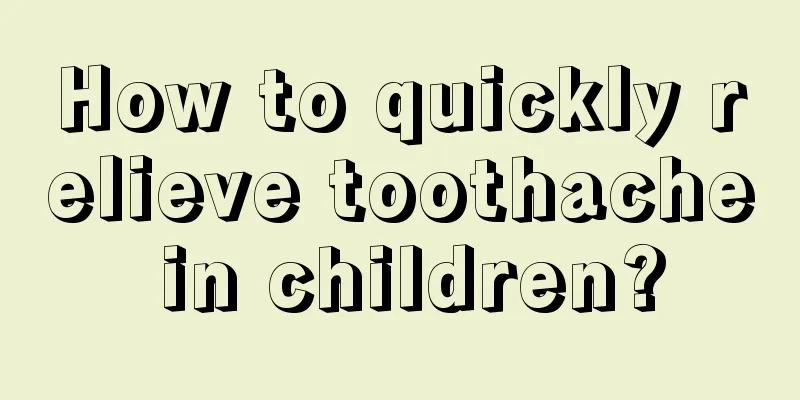What should I do if my child has brainstem encephalitis?
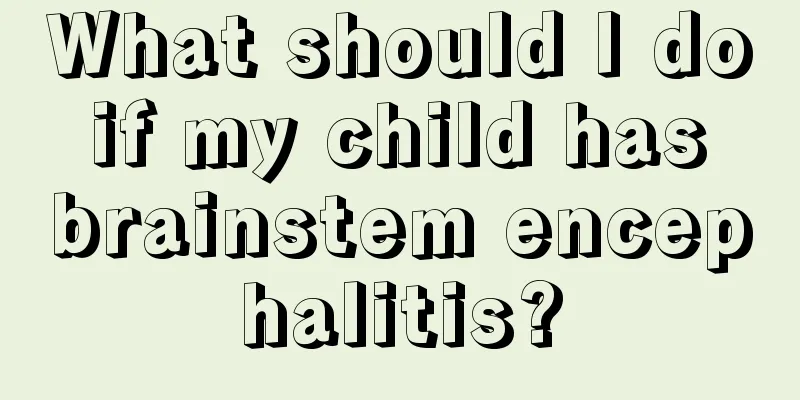
|
Brainstem encephalitis sounds scary just by sounding like a disease. Encephalitis is more common in children. It is a disease caused by the meningitis virus directly invading the child's brain parenchyma. Therefore, everyone is very worried that this disease will happen to themselves or their loved ones. The baby is the core of the family, and if he or she is sick, the whole family will naturally worry. So what should we do if a child has brainstem encephalitis? Brainstem encephalitis in children is generally viral encephalitis, which has an acute onset and is a serious condition. The brain stem is the life center of human beings, maintaining important physiological functions such as heartbeat, breathing, digestion, body temperature, and sleep. Viral encephalitis is generally treated by reducing intracranial pressure and providing symptomatic support. Children with sudden brainstem lesions often die due to lack of timely rescue. The severity of brainstem encephalitis varies greatly. Symptoms of mild encephalitis are the same as any viral infection: headache, fever, weakness, and loss of appetite. More serious symptoms of brainstem encephalitis cause irritability, restlessness and drowsiness. The most serious symptoms are weakness in the arm or leg muscles, double vision, speech and hearing difficulties. In some cases, drowsiness can turn into coma. Mild brainstem encephalitis is common and may not even be noticed. But in about one in a thousand cases of measles, a mild brainstem encephalitis develops. Brainstem encephalitis can be fatal in infants and the elderly, but people of other ages may recover completely from it, sometimes after a long and severe illness. Although brainstem encephalitis may cause permanent damage to the brain, the percentage of serious consequences is low. Generally, children with encephalitis should be hospitalized for treatment. After hospitalization, closely observe changes in consciousness, and pay attention to changes in body temperature, pulse, respiration and blood pressure. Pay attention to pupil size at all times. Once changes occur, symptomatic treatment should be given. Pay attention to nutrition and calorie supplementation, and comatose patients can be fed through nasogastric feeding. Keep the skin clean and dry to prevent bedsores. Keep the mouth clean. The occurrence of viral encephalitis is caused by viral infection, so it seems particularly important to prevent viral invasion. In summer, some mosquito bites may transmit diseases, so mosquito prevention and control are also necessary. When a child suddenly develops a high fever that won't go away, timely treatment is required. It is best to see a doctor in a local regular hospital. |
<<: What to do if your baby has a recurring fever
>>: How should thrombocytopenia in children be treated correctly?
Recommend
What is the reason for a child's long-term hoarseness?
The problem of hoarseness in children is a big pr...
Symptoms of delayed physical development in infants
Physical retardation is a manifestation of childh...
What causes baby's eye swelling?
People should know that baby's eye edema is a...
Why does my baby's urine smell?
The physical health of the baby after birth is ve...
What is cough mycoplasma infection in children?
Children are often prone to infection because of ...
Two-year-old baby has tooth decay
Food is chewed by teeth, which breaks it down int...
What to eat for babies with indigestion
Indigestion is a disease that many babies will su...
What are the symptoms of roundworms in children?
When children come into contact with some unclean...
Baby chicken skin
Chicken skin is actually a very troublesome hered...
Calcium supplement recipes for 3-year-old children
The growth stage of babies cannot be separated fr...
What should I do if my five-month-old baby has a poor appetite?
All mothers want their babies to eat more, but fo...
How to take oral rehydration salt for babies
The baby's stomach and intestines are at a st...
What causes dizziness in children?
There are many reasons that cause dizziness in ch...
How to treat adenoid hyperplasia in children
Children are the flowers of the motherland and th...
How to prevent conjunctivitis in children?
Many children may get conjunctivitis without payi...
